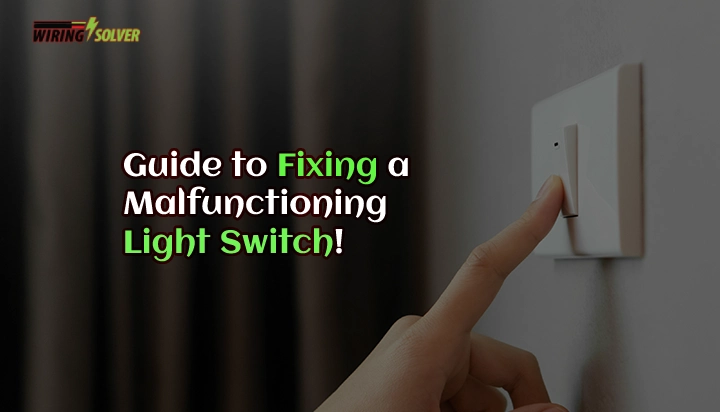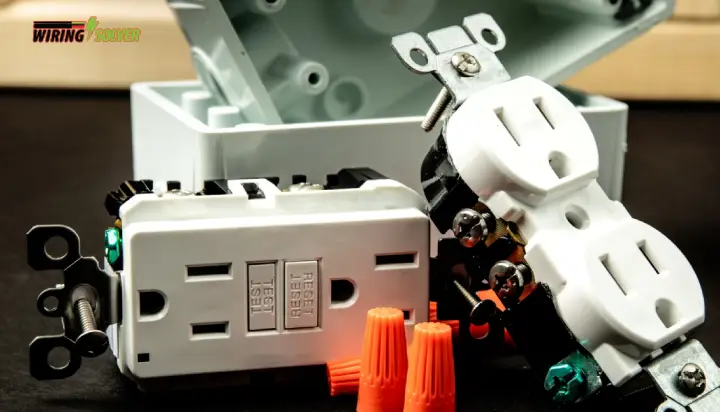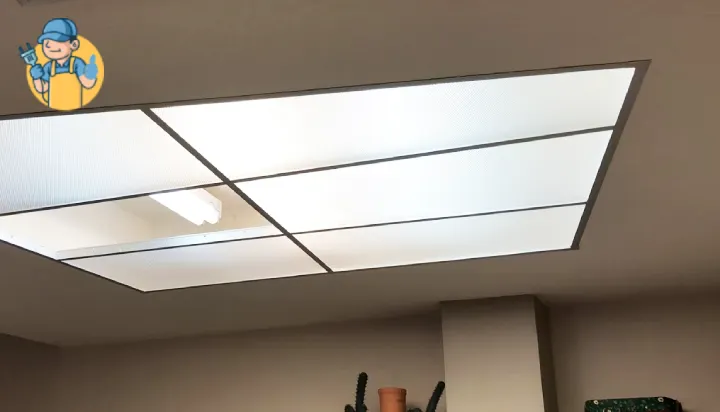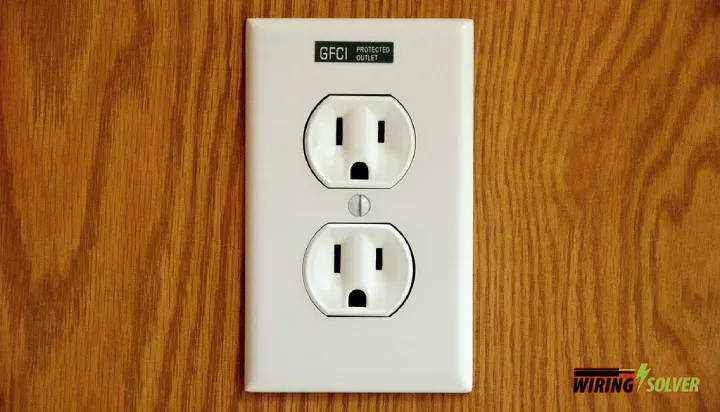Anyone who has prior experience interacting with the main panel or the service panel has known about the existence of the neutral bus bar. Therefore, it is common to wonder, can you touch the neutral bus bar?
Yes, you can touch the neutral bus bar. But you should not. As there is always a possibility of an electrical malfunction, rendering what you believe to be neutral to not truly be neutral.
This article will discuss in detail the features, functions, and applications of the neutral bus bar.
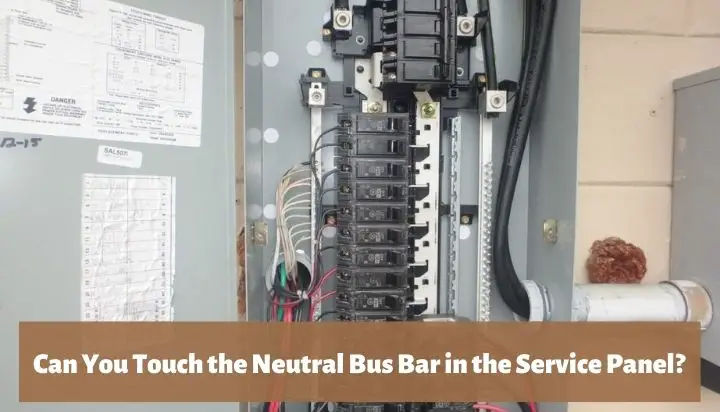
Can You Touch a Neutral Bar?
Can you touch the neutral bus bar? The short answer is yes. But it’s always advised against.
As there might be underlying issues that could render the functionality of the neutral bus bar faulty. Let’s delve further into the topic.
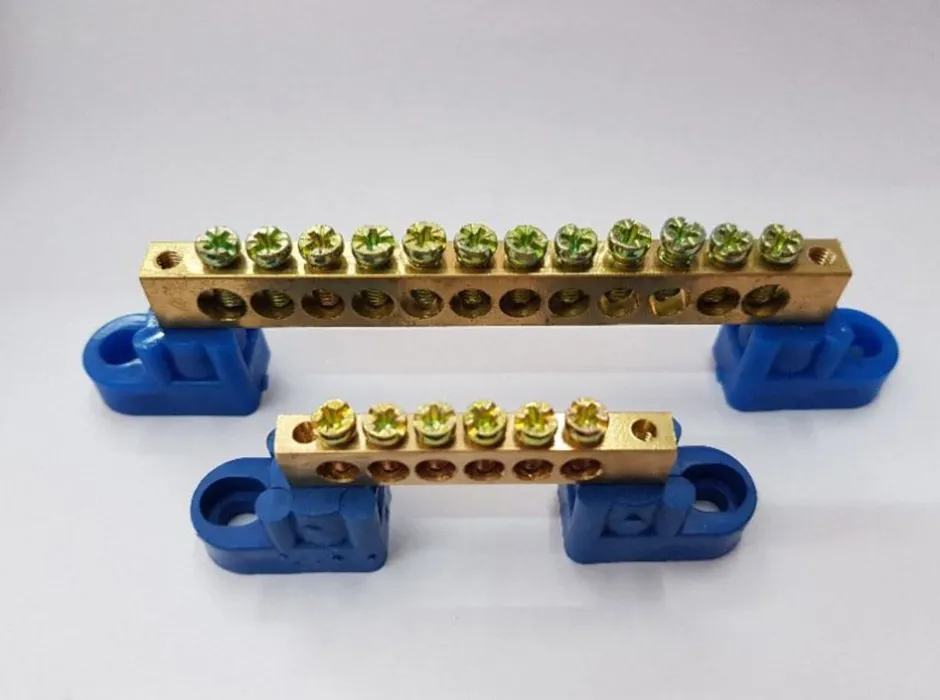
The neutral bus bar, as can be seen above (Fig 1), is a set of terminals. Copper is a common conductive metal used in bus bars. Another material used is Aluminum. As it’s more conductive than a Copper bus bar.
Can you touch busbar?
Yes. Touching a neutral bus bar is possible. The quantity of electrical current flowing through the neutral bus bar when the circuit changes states are the key factor behind this phenomenon.
The remaining voltage will travel to the neutral bus bar after the load has already used the voltage up. Because of this, touching the neutral bus bar won’t end up electrocuting you.
Naturally, this does not imply that touching certain live electrical components, or components such as the neutral bus bar, is advised.
Does the neutral bus bar carry current?
Yes, a neutral bar does still carry current even if the voltage at the location of the neutral bar is essentially zero with respect to ground.
Also, electrical malfunctions can also lead to the neutral bus bar becoming live instead of a neutral or ground.
In such scenarios, touching the neutral bus bar can lead to fatal experiences. Therefore, although touching the neutral bus bar should not yield harmful results, it is advised against by most people.
What Would Happen if You Touch the Neutral Bus Bar?
In a properly wired electrical system, nothing should happen if you touch the neutral bus bar. This functions as a conductor in the electrical circuit and doesn’t transfer voltage in an unsafe way.
Before the current gets to a neutral bus bar, it will have already been consumed by the load. Hence, nothing will happen if you place the neutral bus bar right up against your body. But once again, it’s strongly advised that you refrain from touching a neutral bus bar carelessly.
But what if the circuit hasn’t been properly grounded?
If the circuit has not been properly grounded, handling a neutral bus bar can be highly dangerous in this situation. Remember that touching a neutral bus bar is predicated on the fact that everything is in order.
But if something is amiss, it could electrocute you and lead to fatal accidents. Hence, it’s always better to not take that risk unnecessarily.
However, if some measures are taken, you may touch the neutral bus bar without worry. It’s also possible to touch live wires without getting shocked if some measures are followed.
What to Do if the Neutral Bus Bar is Live?
Shutting down the main power supply and diagnosing the exact cause of the issue is the best course of action for this situation.
This would be anticipated if you installed the main breaker (in the on position) before connecting the neutral and there was an active circuit in the branch you were connecting.
Electrical current will flow back via the neutral if something is pulling power from a circuit; this is why the neutral is there. From the hot/live wire to the earth, as it completes the circuit.
How does the flow of electrical current work?
Consider the wiring as a plumbing system to help you understand this better. The drain line is the neutral wire, while the hot wire is the water pipe. A circuit is opened when a faucet is turned on, causing water to flow from the water pipe into the drain.
The situation when the neutral bus bar is live is comparable to what would occur if a faucet was left open and the supply line was switched on before the drain was connected. It will overflow and leak.
When a wire is brought close enough to the neutral bar for it to arc, a circuit is completed if a light switch was on or some other appliance was connected to the circuit and turned on.
If the main was shut off, this wouldn’t occur. It would have completed the circuit through the user if he or she had been grounded and had touched the neutral. If the branch is hot or live, you should never assume a neutral is safe.
Should the Neutral Bus Bar and Ground Be Bound Together?
Only the final disconnect point on the main panel should have these wires attached. But it’s dangerous to connect both the neutral and ground wires in the sub panel.
Doing so would turn the ground wire live, which may set off an electrical fire or provide an electrical shock upon touch.
How does the ground wire turn into a live wire?
Three wires make up standard wiring: hot, neutral, and ground. Both hot and neutral wires are necessary for appliances to function; the ground wire is simply included as a safety measure.
The hot wire delivers power to the appliances, while the neutral wire acts as a return line, sending any extra power back to the power source.
By sharing the power flowing via the neutrals and the ground wire, connecting the two wires contradicts the ground wire’s stated purpose. As a result, it will now begin to conduct electricity and turn into a live wire.
So, is the neutral bus bar grounded? Yes, in the final disconnect point it is grounded.
Summary
So, can you touch the neutral bus bar? Technically yes. But as the article has described in detail, it is good practice to avoid touching it without need. And wearing safety gear such as rubber boots and gloves is a must.
As there might be underlying issues that might not be visible or discernable to the naked human eye. These could lead the neutral bus bar to not actually be neutral at all. This could lead to life-threatening situations.

